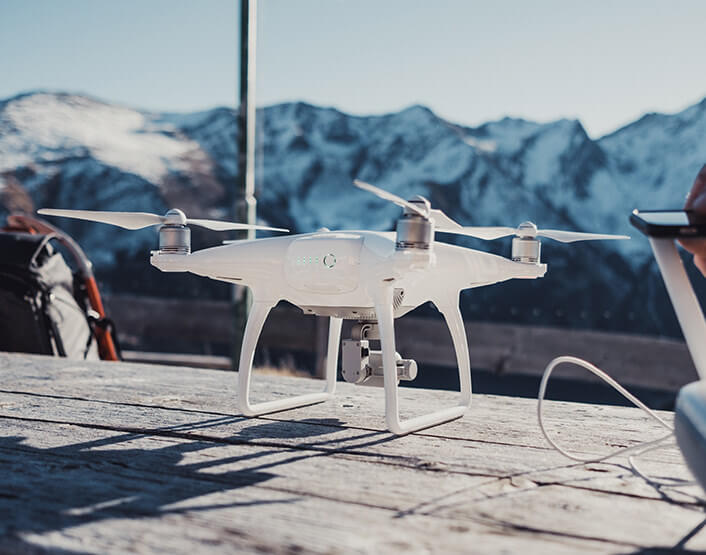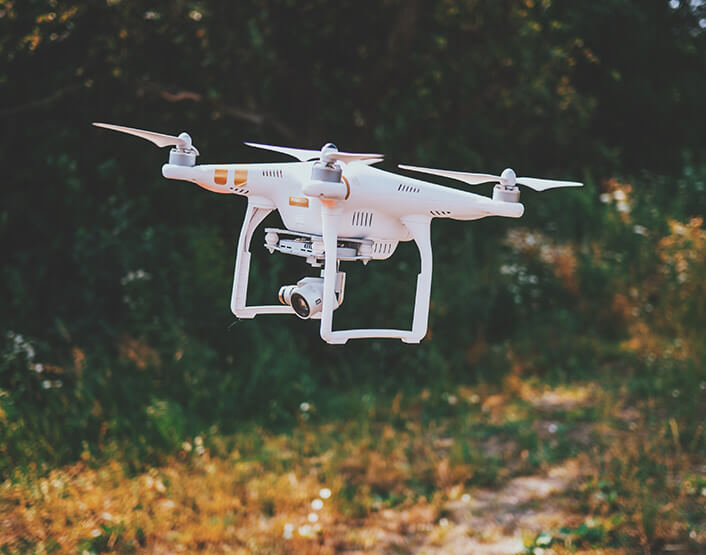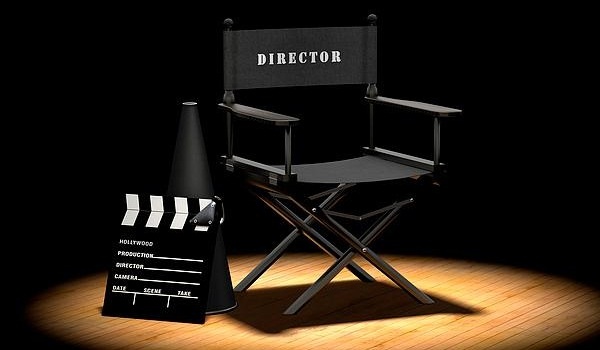The biggest obstacle that a photographer encounters when dealing with drone photography is not the difficulty of getting the proper angles but the preparation for the actual shoot. The most important thing to remember when planning a shoot is to apply for the necessary licenses and permits.
Don’t even attempt to fly the drones without a license to pilot these unmanned aerial vehicles. You are not only putting yourself in jeopardy but also the whole project. If you want to test drive your drone, make sure your license is up to date and you are permitted to fly in that particular area.
Here are some other reminders you need to follow:
Prepare a game plan
What shots do you need to take? Where should you position the drone? All of these are critical to the success of your shooting project.
You need to prepare a game plan for everything you need before the shoot starts—from applying for the proper licenses to listing down all the shots you need to take. This way, you won’t miss anything and you won’t have to return to the location to fill up the missing shots.
Arrive at the location early
Arriving at the location at least 30 minutes before the scheduled shoot will allow you to check the surrounding for any obstacles.
It will also give you enough time to test the drone if it’s working correctly and it can get as high as you need it to be or between spaces that you need to shoot. This is a critical moment for every drone photography shoot because finding out that your drones cannot fit into the space will change the whole plan for the project.
Bring spare batteries and cameras
Don’t just bring spare batteries for the cameras. Bring a whole extra camera with you. There’s nothing more frustrating than finding the shot you need than seeing that blinking battery icon on your screen.
Next thing you know you’re wasting time changing the batteries of the camera upon landing the drone when you can just attach a new one to the drone or fly an extra drone with an attached camera to take the shot. Don’t waste time changing the batteries. If you’re serious about this job, invest in another camera.
Check your drones first
Don’t bring your drones to the shoot without checking if they work. Fly your drones a few times in a nearby park and check that all components are working. This way, you avoid the possibility of having to cancel the shoot just because you forgot to check if the drone is working.






